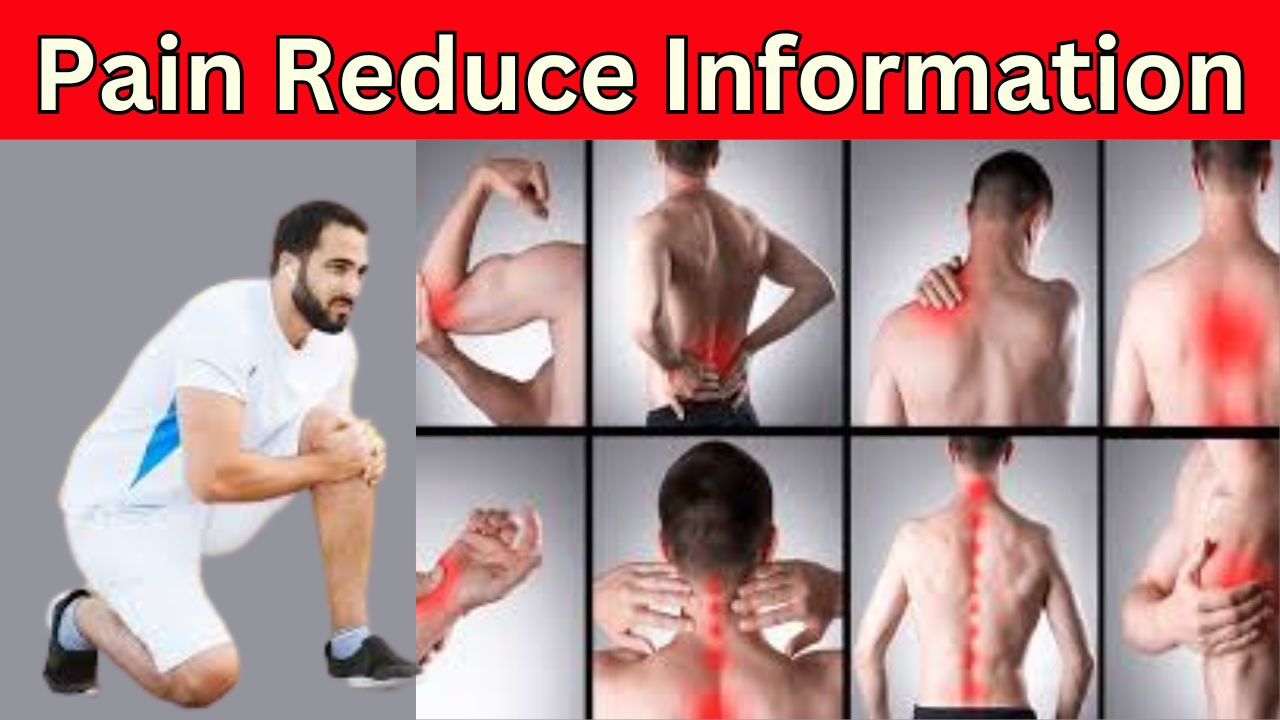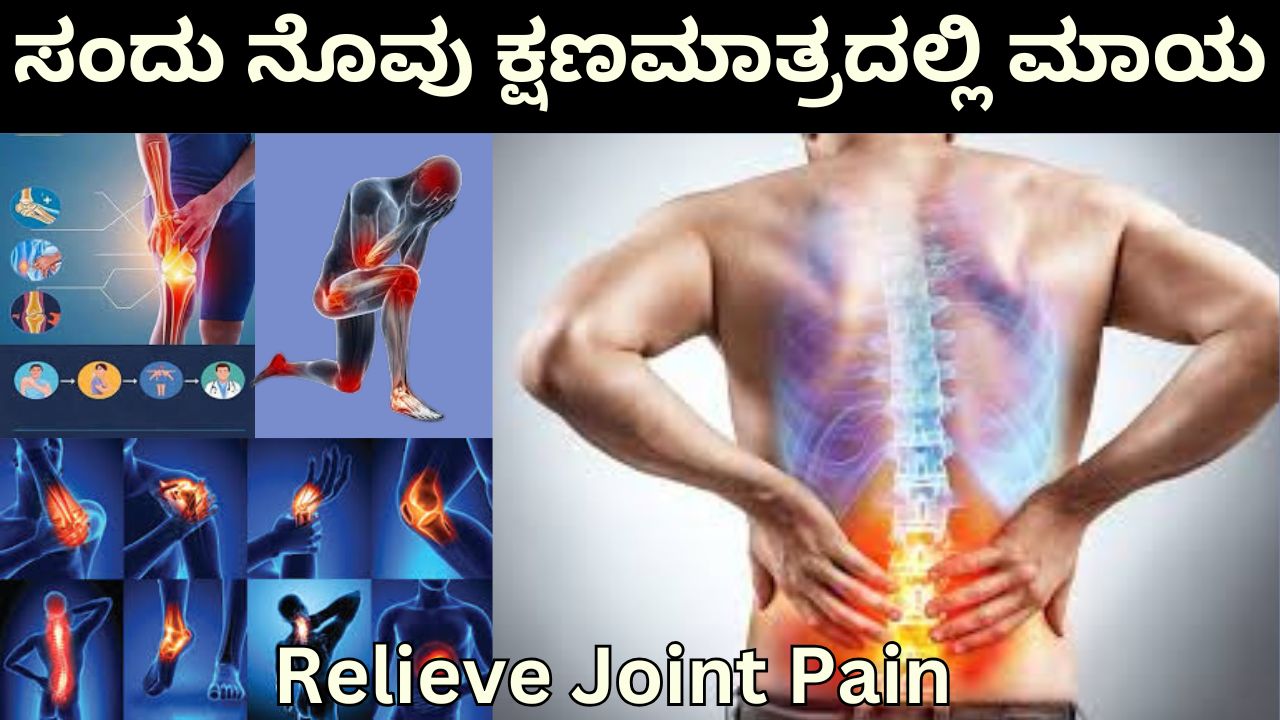Joint pain can be caused by various factors, such as inflammation, injury, arthritis, or other medical conditions. Managing and reducing joint pain often involves a combination of lifestyle changes, treatments, and preventive measures. Here are some approaches to help alleviate joint pain

Contents [hide]
1. Medications and Treatments
- Over-the-counter (OTC) pain relievers: Medications like ibuprofen (Advil) or acetaminophen (Tylenol) can help reduce pain and inflammation.
- Topical treatments: Creams, gels, or patches containing ingredients like capsaicin or menthol may provide localized relief.
- Prescription medications: For severe conditions like arthritis, your doctor may prescribe stronger medications, including corticosteroids or disease-modifying antirheumatic drugs (DMARDs).
- Supplements: Glucosamine and chondroitin may support joint health, although evidence varies.
- Injections: Corticosteroid or hyaluronic acid injections can help with persistent pain in specific joints.
2. Physical Therapies
- Exercise: Low-impact exercises like swimming, cycling, or walking can strengthen muscles around joints and improve flexibility.
- Stretching: Gentle stretches help maintain joint mobility.
- Physical therapy: A therapist can design a personalized program to strengthen muscles and support joints.
- Hydrotherapy: Exercising in water reduces stress on joints.
3. Lifestyle Adjustments
- Weight management: Excess weight puts additional strain on joints, especially weight-bearing joints like the knees and hips.
- Balanced diet: A diet rich in anti-inflammatory foods, such as fruits, vegetables, omega-3 fatty acids (found in fish), nuts, and seeds, may help reduce inflammation.
- Stay hydrated: Proper hydration supports joint lubrication.
- Proper posture: Maintaining good posture reduces unnecessary strain on joints.
4. Alternative Therapies
- Acupuncture: May help reduce pain in some individuals.
- Massage therapy: Relaxes surrounding muscles and improves circulation.
- Herbal remedies: Some find relief using turmeric (curcumin) or ginger for their anti-inflammatory properties.
5. Preventive Measures
- Protect your joints: Use ergonomic tools, avoid repetitive stress, and practice joint-friendly activities.
- Warm up before exercise: Prepares joints and muscles for activity.
- Rest and recovery: Allow joints time to recover after activity to avoid overuse.
6. When to See a Doctor
- Persistent pain lasting more than a few weeks.
- Swelling, redness, or warmth around the joint.
- Difficulty moving the joint.
- Pain caused by an injury.
Address
Bengaluru Pain Clinic 
First Floor, Sai Panorama, Above Neemshi Hotel,
15th Cross Rd, JP Nagar Phase 6,
J. P. Nagar, Bengaluru
Managing joint pain often requires a combination of strategies. If over-the-counter methods are not effective, consult a healthcare professional for a personalized approach. Let me know if you want details on any specific treatment or therapy!











